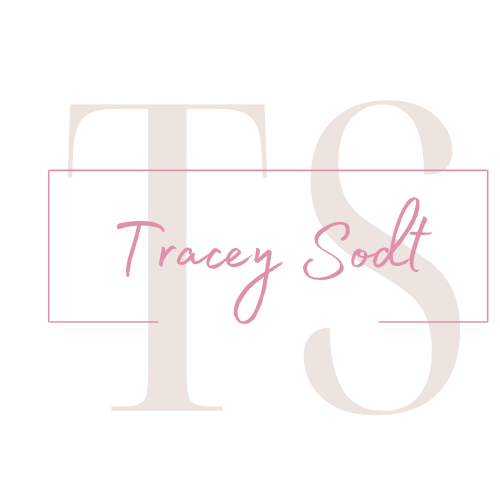A well-structured telesummit schedule is the backbone of a successful virtual event. It not only ensures a seamless flow of sessions but also optimizes audience engagement and retention. Crafting a telesummit schedule requires careful planning and consideration of various factors, including session topics, speaker availability, and participant preferences. In this blog post, we’ll delve into the essential steps to plan an effective telesummit schedule, setting the stage for a transformative and memorable experience for all attendees.
Define Your Telesummit’s Objectives:
Before planning the schedule, reiterate your telesummit’s objectives and the key messages you want to convey to your audience. Outline the main themes and topics that align with your goals, ensuring that each session contributes to the overall narrative.
Identify Key Session Formats:
Variety is key to keeping your audience engaged throughout the telesummit. Identify key session formats that align with your objectives and resonate with your target audience. Some common formats include keynote presentations, panel discussions, workshops, Q&A sessions, and networking events.
Involve Speakers in Planning:
Collaborate closely with your speakers during the planning phase. Discuss their areas of expertise and preferred session formats. Take their availability and time zones into account when scheduling sessions. Involving speakers in the planning process ensures that they are invested in the success of the telesummit and helps avoid scheduling conflicts.
Determine Session Lengths:
Carefully consider the length of each session to strike the right balance between delivering valuable content and preventing attendee fatigue. Keynote presentations and panel discussions may typically run between 45 minutes to 1 hour, while workshops and Q&A sessions can be longer, depending on the complexity of the topic.
Allocate Time for Q&A and Interaction:
Allow ample time for Q&A segments and interaction between speakers and attendees. Engaging the audience in discussions and addressing their questions enhances the overall telesummit experience and fosters a sense of community.
Create a Comprehensive Schedule:
Craft a comprehensive telesummit schedule that includes session titles, speaker names, session durations, and brief descriptions of each session. Organize the schedule by day and time, making it easy for attendees to plan their participation.
Account for Different Time Zones:
Consider the global nature of a telesummit and take attendees’ time zones into account when scheduling sessions. Aim to distribute sessions throughout the day to accommodate participants from various regions.
Include Breaks and Networking Opportunities:
Integrate short breaks between sessions to give attendees time to rest, network, and process the information presented. Additionally, organize virtual networking opportunities or breakout rooms to encourage connections among participants.
Provide Access to Recorded Sessions:
Recognize that attendees may have scheduling conflicts or time zone challenges. Offer access to recorded sessions so that participants can catch up on missed content and continue engaging with the telesummit even after it concludes.
Test the Schedule:
Before finalizing the telesummit schedule, run a test event with your speakers and team to ensure the logistics and timing flow smoothly. Be prepared to make adjustments based on feedback and unforeseen challenges.
Planning a telesummit schedule is a meticulous process that requires consideration of various factors. By defining clear objectives, involving speakers in the planning process, and offering a variety of session formats, you can create an engaging and transformative telesummit experience for your audience. Allocate time for Q&A and interaction, consider global time zones, and include networking opportunities to foster a sense of community among participants. Finally, be prepared to adapt and adjust the schedule as needed to ensure a seamless and memorable telesummit that leaves a lasting impact on attendees.
Are you ready to chat about planning your next telesummit? Schedule time here!

